The world is a big, wonderful place full of facts we never thought possible. For instance, if a pregnant mouse has a sudden medical issue, the fetus will send stem cells to heal the mother, increasing its chances of survival as well. Fetal stem cells have been found in human mothers as well, dubbed by science as microchimerism.
Bright Side dug up some more marvelous facts about nature and its creations, upholding our yearly resolutions to spread knowledge and joy.
1. The heart slows when your face touches water.

As mammals, we can’t breathe underwater, so as part of the mammalian dive reflex, our heart rate goes down in the water — more so if we go underwater. Even splashing the face with water makes the heart slow down, making it a great way to calm down.
2. Fungus can break down plastic in weeks.
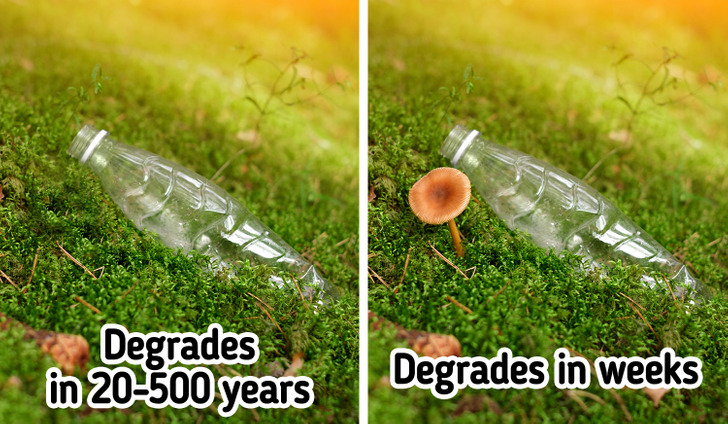
It is said that in the future, there may be more plastic in the ocean than fish. This is why the plastic-eating fungus is great news, and there are around 50 new species of such fungi discovered already. One of the fungi discovered can digest plastic within 2 months, so there’s hope for us yet.
3. Newborn babies can support their own weight.

Newborn babies are strong — strong enough to be able to grasp things in their tiny fists and even support their weight as shown by an experiment done in the nineteenth century. Louis Robinson witnessed babies able to hang from a walking stick, from 10 seconds to 2 minutes and 35 seconds.
4. Koala fingerprints have been mistaken for human ones.
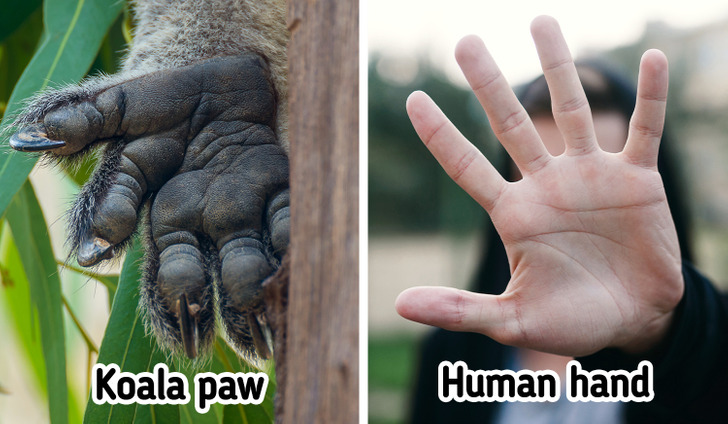
We’ve been told that our fingerprints are unique, and they are. But the fact remains that even though we share a common ancestor with the koala that was alive 100 million years ago, koala fingerprints look very similar to human fingerprints, as do chimpanzee fingerprints for that matter.
5. Snails can sleep for 3 years.
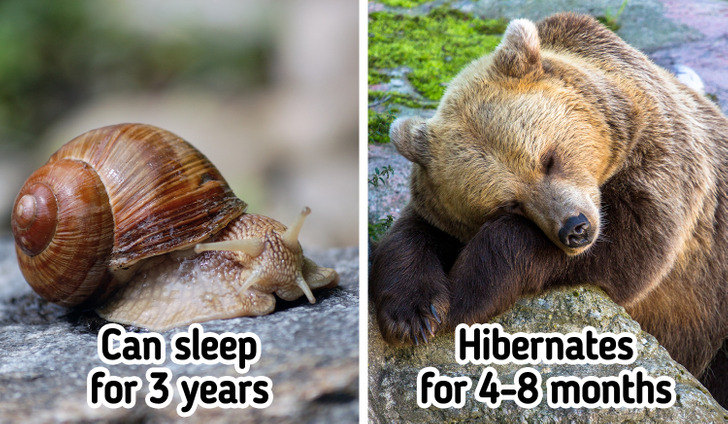
If you thought bears had it good with hibernation, meet the snail. Snails can sleep rather than hibernate for 3 years at a time without needing food. Of course, this is with some snail species, not all of them. Meanwhile, bears usually hibernate for just 4-8 months.
6. Sloths need 2 weeks to digest food.
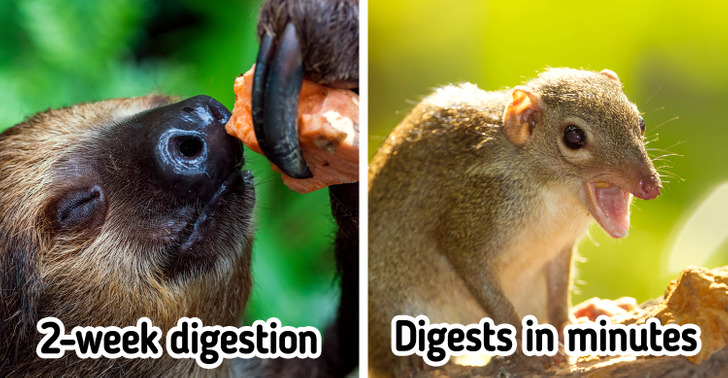
Sloths don’t only move in slow motion — even their insides move slowly, ostensibly to preserve energy, which is why a sloth’s digestive system takes 2 weeks to process the food it ate. Plus, most of what it eats is indigestible, giving it very little energy from each slowly chewed mouthful.
On the other end of the spectrum lies the shrew, whose digestion takes mere minutes and is done so fast, not much of it is fully digested. This is the reason why shrews eat their own feces. They can die of starvation in a matter of hours if they don’t eat.
7. Your brain ignores seeing your nose.
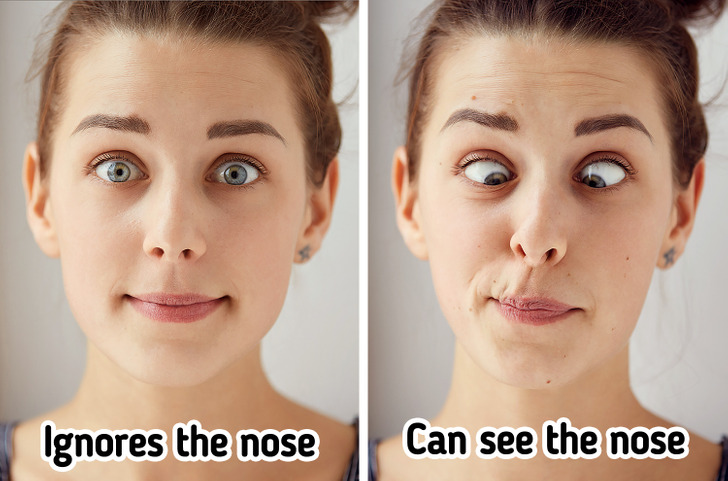
We can see our nose all the time, it’s just that the brain tends to ignore it because it’s a constant visual stimulus. It’s the same with people who wear glasses. After a while, they simply stop noticing them.
8. Your forearm is the same length as your foot.
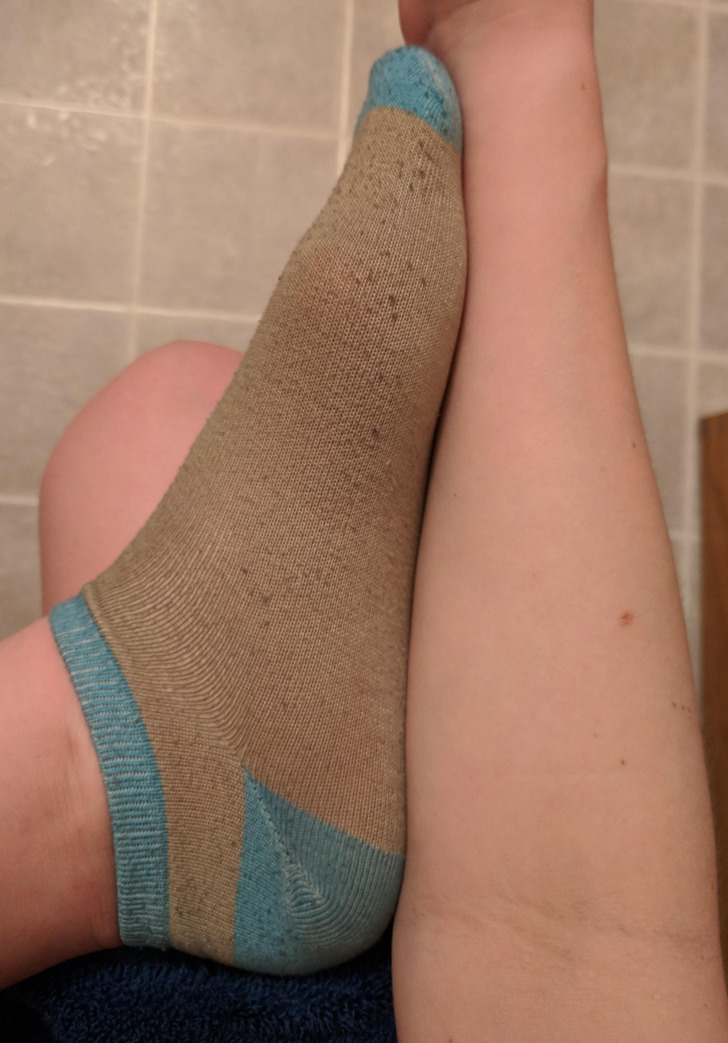
If you don’t have the time to try on a shoe, measure it from your elbow crease to your wrist. If it fits or is just a little smaller, it would fit your foot because the length of your forearm is the same as your foot. And this is just one of many human body ratios that are a marvel in themselves, including the fact that your femur bone is one-quarter your height.
9. You can “see” your white blood cells.
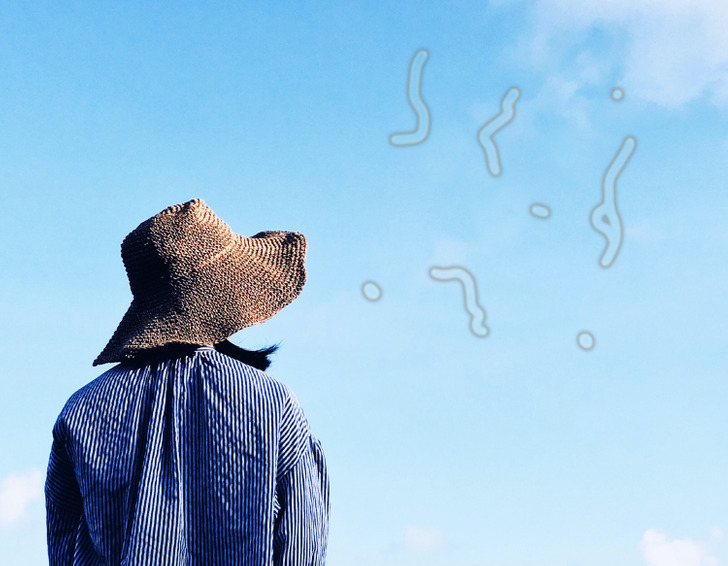
If you look up at a cloudless, bright blue sky and see some wiggly things at the periphery of your vision, you’ve just experienced the blue field entoptic phenomenon. The wiggly things are white blood cells moving in the fine blood vessels moving in front of the retina, at the back of the eye.
10. Human beings have striped skin, but only cats can see it.
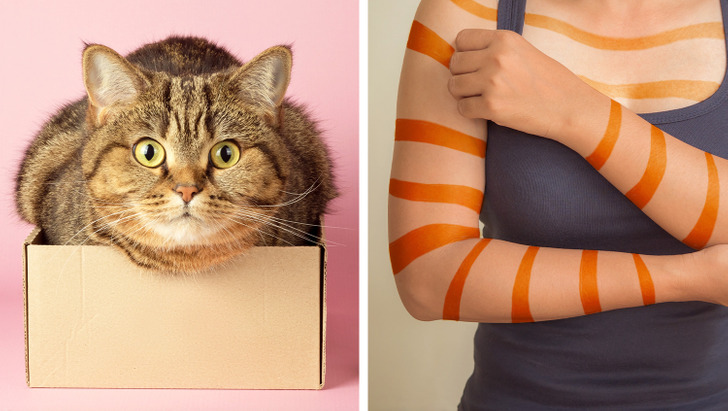
Human beings have stripes and patterns on the skin too, and they are called Lines of Blaschko, name eponymously by the scientist who discovered them, Dr. Alfred Blaschko. These are closer to tiger stripes, forming more of a V-pattern fanning out from the center to the extremities. These lines are visible under UV light, a spectrum that cats can see too, which is why cats can see you as a striped being as well.
Which of these facts turned out to be a revelation for you? Share your extreme nature facts with us and blow us away.
Preview photo credit Shutterstock.com, Shutterstock.com
Father Kicked His Daughter’s Fiancé Out of the House over Dirty Shoes, Unaware He Was a Millionaire’s Son

Steve prided himself on two things: his spotless floors and his unshakable pride. When his daughter’s fiancé showed up with muddy boots on Christmas Eve, he KICKED HIM OUT. But by morning, the man he’d thrown out DELIVERED A TWIST that left Steve cleaning up his own mess.
55-year-old Steve, a father of three, believed two things with absolute certainty: the floor must always shine like glass, and he was always right. Whether it was parking a car, peeling a potato, or raising a family, Steve had a way of asserting his dominance.

An arrogant older man | Source: Midjourney
“I don’t ask for much!” Steve bellowed, pausing dramatically as if an audience waited for his monologue. “A clean house and a little respect. That’s it! And if anyone thinks they’re bringing dirt into MY HOUSE, they can turn right back around.”
“Steve, it’s Christmas,” Rebecca called from the kitchen, sounding equal parts annoyed and exhausted. She was elbow-deep in peeling potatoes. “Stop barking like a guard dog before Tina and her fiancé get here.”
“Rebecca, you know people judge you by your home, right?” Steve said, polishing a spot on the floor that was already gleaming. “If this fiancé of hers walks in here and sees dirt? He’s going to think we’re a bunch of low-class slobs who don’t take care of our house.”

An annoyed older woman | Source: Midjourney
“Last year,” he added, glaring at her, “your sister waltzed in here with muddy sneakers and ruined my holiday! I won’t let that happen again.”
Rebecca sighed deeply. This was Steve — proud, stubborn, and utterly convinced that he knew best. And that night, that arrogance would meet its match.
The doorbell rang at exactly 7 p.m. Steve, suspicious as ever, reached the door first, opening it with his best intimidating glare.
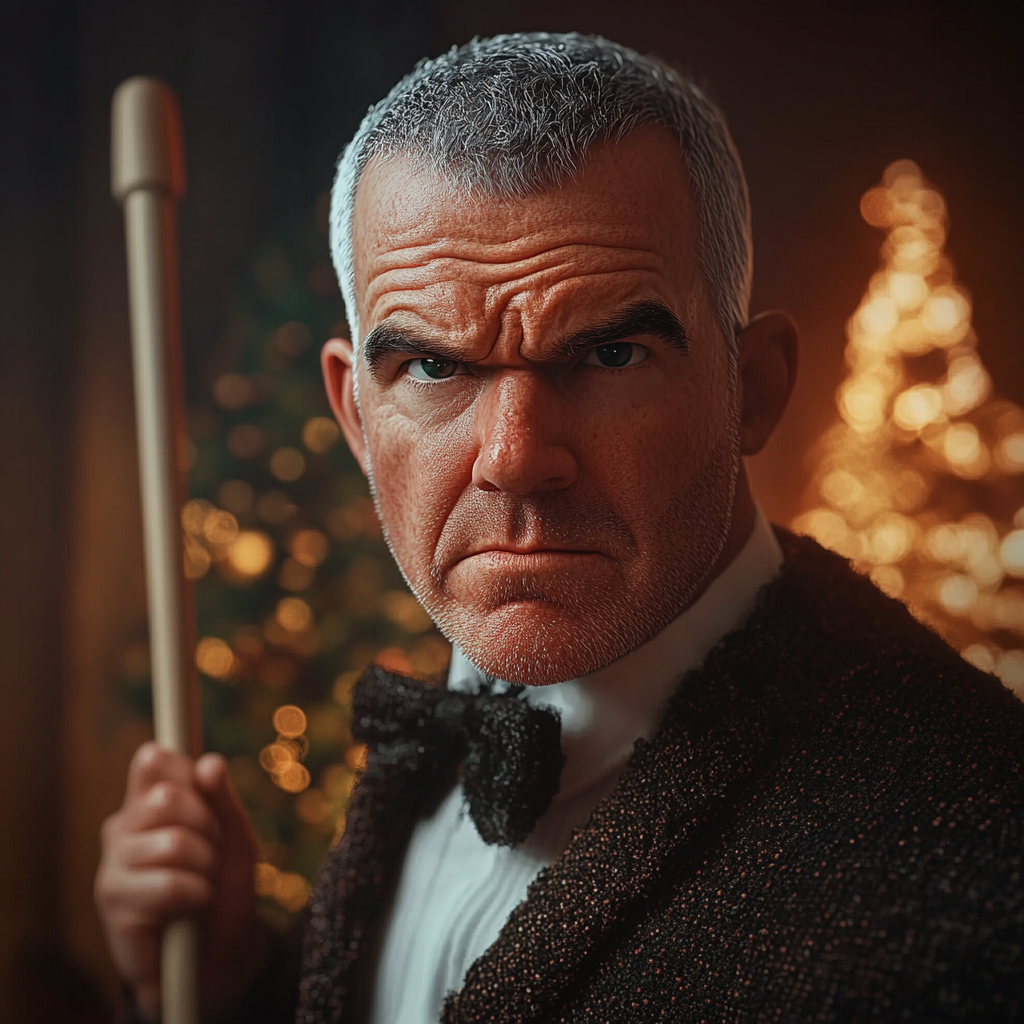
A man holding a mopstick | Source: Midjourney
There stood Tina, smiling nervously, and next to her — a young man Steve didn’t recognize. Tim looked perfectly respectable, clean-shaven, well-dressed… except for his boots.
MUDDY BOOTS.
Steve’s face contorted as if Tim had tracked in a bucket of manure. His eyes narrowed, zeroing in like a sniper with laser-guided precision.
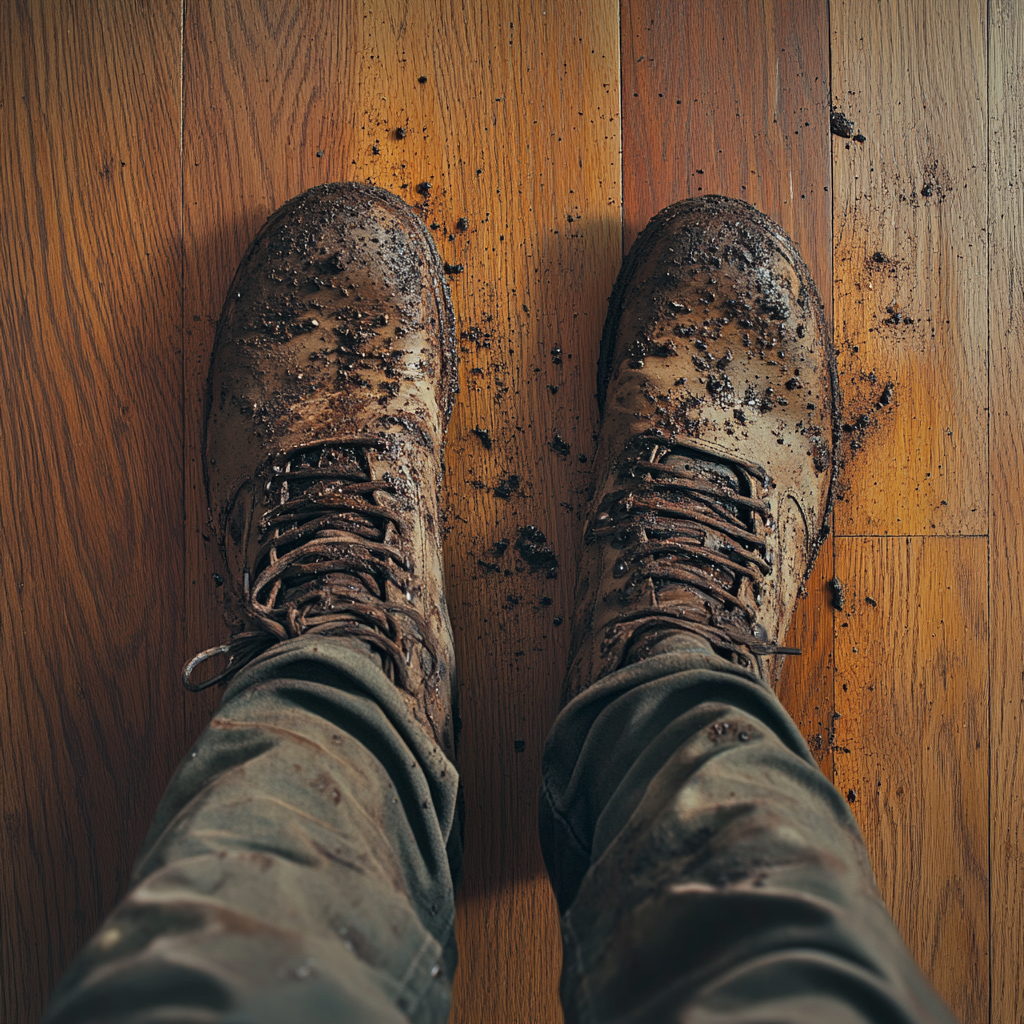
A man wearing muddy boots | Source: Midjourney
“WHY ARE YOUR BOOTS SO MUDDY? YOU’RE NOT STEPPING INSIDE MY HOUSE WITH THOSE ON!” Steve roared, his voice reaching decibel levels that could shatter crystal. “Did you moonlight as a mud wrestler before coming to MY CHRISTMAS DINNER?”
Tim blinked, clearly caught off guard. “I… was helping a friend move some landscaping equipment.”
“LANDSCAPING EQUIPMENT?” Steve bellowed, grabbing a nearby throw pillow and waving it like a surrender flag. “YOU LOOK LIKE YOU WRESTLED A MUD MONSTER AND LOST!”
“Dad!” Tina gasped, tugging on Steve’s sleeve. “Stop it! You’re making a scene!”

A stunned young man | Source: Midjourney
“Can you leave your shoes outside?” Steve said, crossing his arms.
Tim looked down, confused. “Oh, sure… but there’s no mat or anything. Should I leave them on the porch?”
Steve’s eyebrows shot up. “No mat? What kind of man doesn’t bring shoe covers when meeting his future in-laws?”
Tim blinked. “Shoe covers? Are you serious?”
“I’ve never been more serious,” Steve snapped. “This is a respectable house. Not some barnyard.”
Tim’s jaw tightened. “I can stay at a hotel if it’s such a big deal.”
“I’m not sure my daughter needs someone who can’t even afford $30 shoes. Where’d you dig him up, Tina? Didn’t you realize we were expecting the perfect groom… AND NOT HIM?” Steve’s eyebrows shot up. “You’re certainly a mismatch for my daughter.”

An angry man pointing a finger | Source: Midjourney
“Dad, stop it!” Tina pleaded, her face turning several shades of mortified red.
But Tim didn’t back down. He squared his shoulders, matching Steve’s energy. “And I didn’t expect to meet someone who judges people by their shoes instead of their character. You know why your daughter’s different from you? Because she’s SMART.”
Rebecca gasped. “Tim!”
Steve’s face transformed into a shade of red so intense it could have served as a backup lighthouse beacon. “That’s it! GET OUT!” he shouted, pointing at the door like a judge handing down a sentence.
Tim raised his hands. “Fine, but good luck finding anyone who’ll put up with this madness.”

A baffled young man gaping in shock | Source: Midjourney
Tina looked ready to burst into tears. “Dad, stop it! What is wrong with you?”
“What’s wrong with me?” Steve bellowed. “What’s wrong with HIM?”
“And listen, young man! Come back when you can AFFORD something decent. And maybe learn how to use a pressure washer!” he shouted after Tim, who stormed to his car with Tina in tow.
The door slammed shut with the dramatic flair of a Shakespearean tragedy, leaving Rebecca staring at Steve in absolute, jaw-dropping horror.

A door slammed shut | Source: Pexels
“You just KICKED OUT our daugher’s fiancé,” she gasped, her voice shaking with disbelief and anger. Steve frowned, grabbing his mop again like he’d just single-handedly saved humanity from a mud-based apocalypse.
That night, Tim and Tina sat in a cheap hotel room that screamed ‘last-minute booking.’
Tina buried her face in her hands. “I’m so sorry, Tim. My dad’s impossible. He’s like a human tornado with a mop for a weapon.”

An emotional woman | Source: Midjourney
Tim, sitting on the edge of the bed, let out a humorless laugh that could freeze hell over. “Your dad KICKED ME OUT of your house.”
“Honestly, I don’t know what’s wrong with my dad,” Tina muttered. “It’s like he’s got pride where common sense should be.”
Tim smirked. “Pride and muddy boots, apparently.”
Tina gave a small, tired laugh before her expression grew serious. “It’s not just about the floors, though. I think it’s… everything.”
“What do you mean?” Tim asked, sitting up straighter.

A suspicious man | Source: Midjourney
She bit her lip, hesitating before she spoke. “They’re struggling, Tim. My parents don’t talk about it, but I know. My mom works herself to the bone at that grocery store, and my dad’s cleaning jobs barely make ends meet. They’ve got so many debts piling up, I can’t even keep track anymore.”
Tim’s brow furrowed. “Wait, what? They’re in debt?”
Tina nodded. “Yeah. The house is already up for sale. If they don’t pay what they owe soon, they’ll lose it.”
Tim didn’t respond right away. Instead, a sly smile crept across his face. He grabbed his phone and started typing something.

A man using his phone | Source: Midjourney
“What are you doing?” Tina asked warily.
“Just trust me,” Tim replied, his eyes glinting with mischief. “I’m about to show your dad what happens when you judge someone by their shoes. He told me to come back when I could ‘afford something decent.’ Well, tomorrow, he’s getting his wish.”
“What do you mean?” Tina asked, curiosity and slight terror laced in her voice.
Tim grinned. “Let’s just say the man’s about to learn a very valuable lesson in humility. And trust me, it’s going to be EPIC.”

A man smiling | Source: Midjourney
Steve woke up Christmas morning feeling victorious, strutting around like he’d just won a war against dirt and chaos. He sauntered into the kitchen, humming to himself as Rebecca set the table.
But then, loud engines rumbled outside. Not just a rumble, but a thunderous roar that could wake the dead and make neighborhood dogs howl.
Steve frowned, grabbing his coat faster than a superhero answering an emergency call. “What in the name of clean floors is going on?”
He opened the door and FROZE — his jaw dropping so hard it might have cracked the perfectly polished floor he’d been protecting all night.

A man gaping in shock | Source: Midjourney
A dozen black SUVs and a sleek BMW were parked in the driveway. These weren’t just vehicles; they looked like they’d rolled straight out of a Hollywood movie about corporate millionaires.
A group of men in suits stood on the lawn, looking far too official for Steve’s liking. The kind of official that screamed “we’re here to make your life interesting.”
And there, at the center of it all, stood TIM — hands in his pockets, looking as smug as a cat who’d not only got the cream but owned the entire dairy farm.
“What’s all this?” Steve barked, his voice cracking like a pubescent teenager. “Some kind of early Christmas flash mob?”

A young man standing against the backdrop of SUVs | Source: Midjourney
Tim stepped forward, grinning with the confidence of a man who knew exactly what he was doing. “Morning, Sir. Merry Christmas!”
“You again?” Steve’s voice hit a pitch that could shatter windows. “What’s this circus? A mud-boot revenge parade?”
The man next to Tim cleared his throat — a throat-clearing that felt like the prelude to a legal earthquake. “Mr. Steve, we’re here to finalize the sale of this property. The buyer, Mr. Tim, has paid in full.”
Rebecca appeared beside Steve, her face pale enough to make a ghost look tan. “Steve,” she whispered, “what’s happening?”
Steve spluttered, pointing at Tim like he was identifying an alien invader. “YOU Bbbb-BOUGHT MY Hhhh-HOUSE?”

An utterly stunned older man | Source: Midjourney
Tim smirked — a smirk so perfect it could launch a thousand dramatic TV series. “Sure did. You told me to come back when I could ‘afford something decent.’ Well, here I am.”
Steve’s jaw dropped. “How—why—”
“Oh, did I forget to mention?” Tim said casually, as if discussing the weather. “I’m the son of a millionaire. And your little mud boot performance? Consider it the most entertaining real estate transaction in history.”
Rebecca nearly fainted. Steve’s face turned white as snow and whiter than the most pristine section of his beloved hardwood floor.
Tim gestured toward the door with the casual elegance of a king granting a peasant permission to breathe. “Oh, and before you go inside… please take off your DIRTY shoes. You’re now in MY HOUSE!”

A smiling man gesturing at someone | Source: Midjourney
Inside the house, Tim and Tina sat Rebecca and Steve down in the living room. The tension was so thick you could cut it with Steve’s prized floor-cleaning mop.
“You’re not being kicked out,” Tim explained, smirking like a comic book villain who’d just executed the perfect plan. “You can stay. Rent-free.”
Steve blinked, looking more stunned than a deer caught in the headlights of a monster truck. “You’re serious?”
Tim raised a finger with the dramatic flair of a game show host revealing the grand prize. “On one condition. You wear SHOE COVERS in this house.”
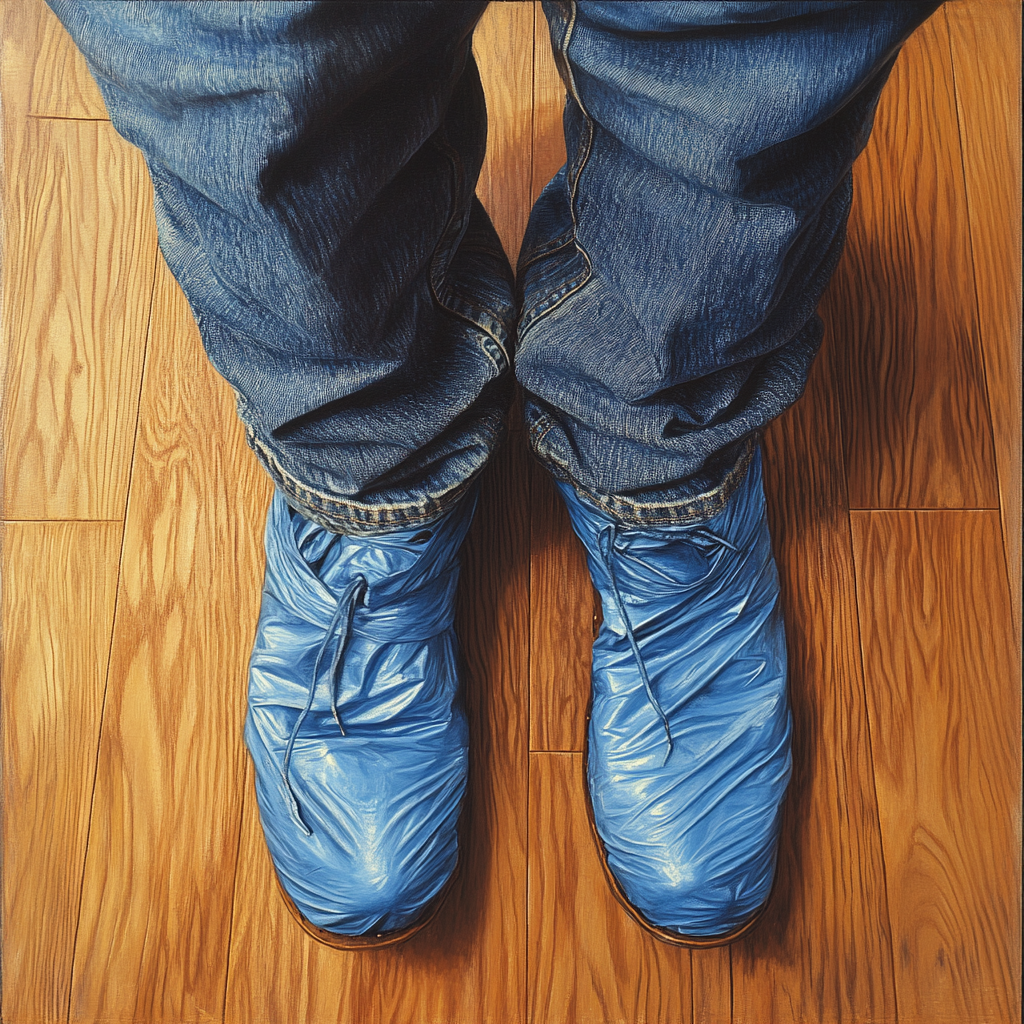
A man wearing blue shoe covers | Source: Midjourney
Rebecca burst into laughter so hard she nearly knocked over a decorative Christmas candle. “Oh, Steve, that’s perfect! Karma has entered the chat!”
Tim grinned. “And if I ever see you without them? There will be fines.”
Steve groaned, slumping in his chair like a deflated balloon. “You’re joking.”
“Nope,” Tim replied, deadpan. The kind of deadpan that could freeze lava.

A mortified man | Source: Midjourney
One Year Later…
Every time Tim and Tina (now happily married) visited, Steve shuffled around the house in bright blue shoe covers that looked like they’d been designed by a color-blind clown. He grumbled endlessly, muttering under his breath about “young people” and “ridiculous rules.” But rules were rules.
The following Christmas, Tim handed Steve a shiny gift box that looked like it could contain either world peace or a practical joke.
“What’s this?” Steve muttered, more suspiciously than a detective interrogating a prime suspect.
“Open it, Steve.”
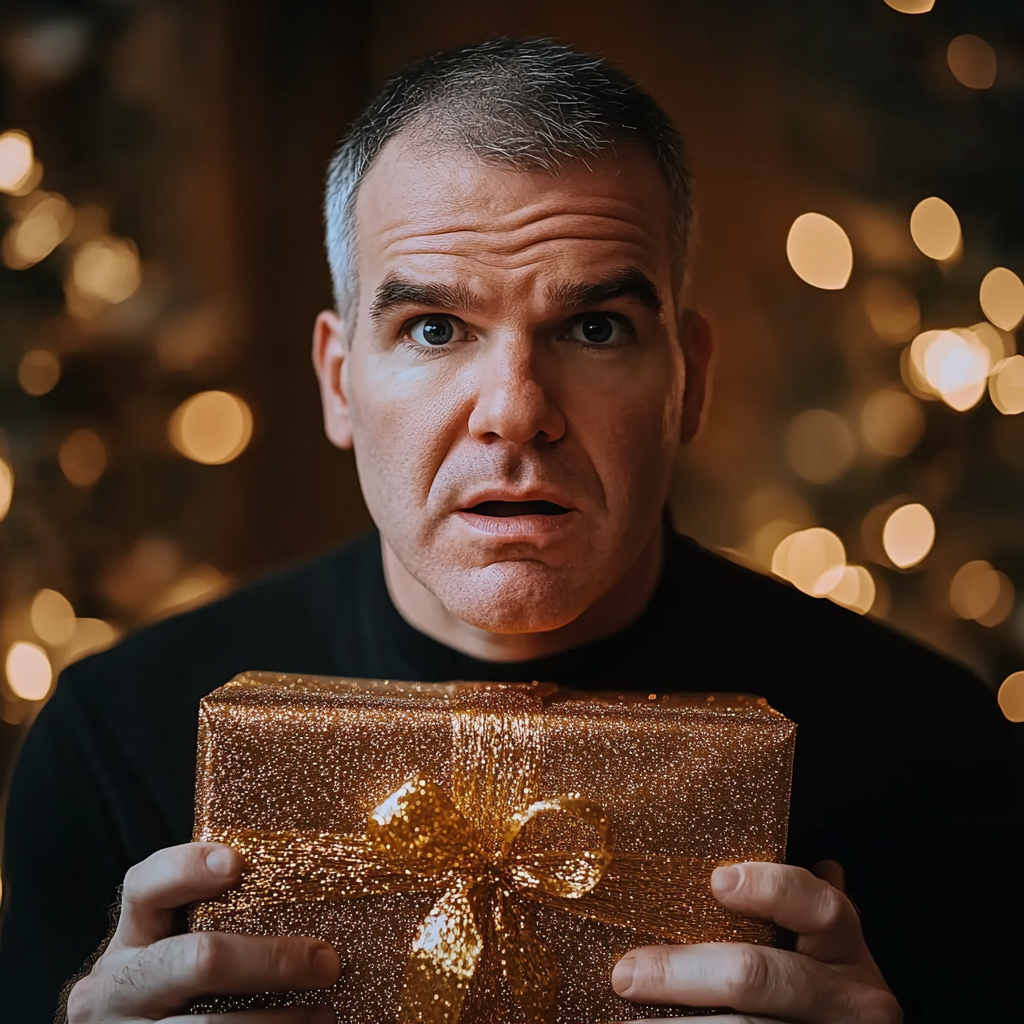
A confused man holding a glittery gift box | Source: Midjourney
Nervous, Steve opened the box. Inside were fluffy house slippers so comfortable they looked like they’d been crafted by angels who specialized in foot comfort.
“Merry Christmas, Steve!” Tim said with a wink. “You’re free to walk without shoe covers.”
For the first time, Steve laughed — a laugh of pure, unadulterated surrender and unexpected friendship. “You’re a real piece of work, Tim.”
“And you’re welcome,” Tim shot back, grinning like he’d just won an Olympic gold medal in son-in-law excellence.
Rebecca clapped her hands, her eyes sparkling with joy. “I always knew Tim was a keeper! A man who can outsmart my stubborn husband AND make him laugh? That’s a miracle!”

A cheerful senior woman | Source: Midjourney
Steve slipped on the slippers, shaking his head with defeat and genuine affection. “Fine. But if I see any muddy shoes on my floors…”
Everyone erupted into laughter, and for once, Steve wasn’t just part of the joke… he was leading the comedy.
And just like that, a Christmas that started with a mud-boot war ended with a family bond stronger than Steve’s floor-cleaning obsession.

A pair of cute boot trinkets on a Christmas tree | Source: Midjourney
This work is inspired by real events and people, but it has been fictionalized for creative purposes. Names, characters, and details have been changed to protect privacy and enhance the narrative. Any resemblance to actual persons, living or dead, or actual events is purely coincidental and not intended by the author.
The author and publisher make no claims to the accuracy of events or the portrayal of characters and are not liable for any misinterpretation. This story is provided “as is,” and any opinions expressed are those of the characters and do not reflect the views of the author or publisher.



Leave a Reply